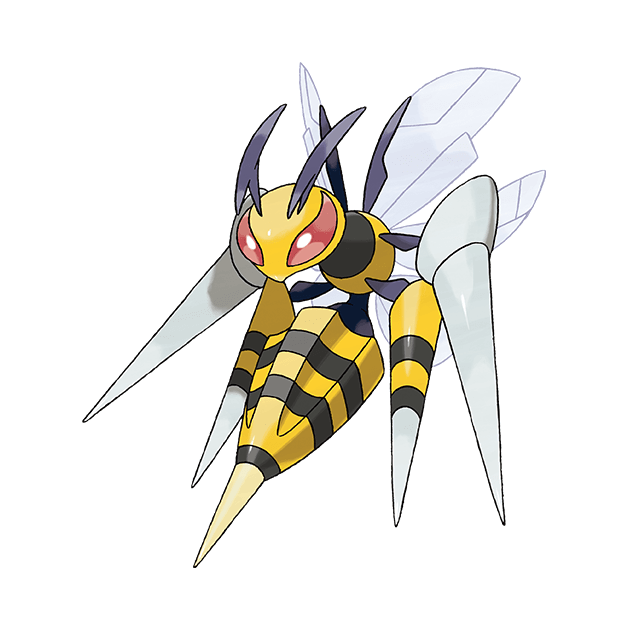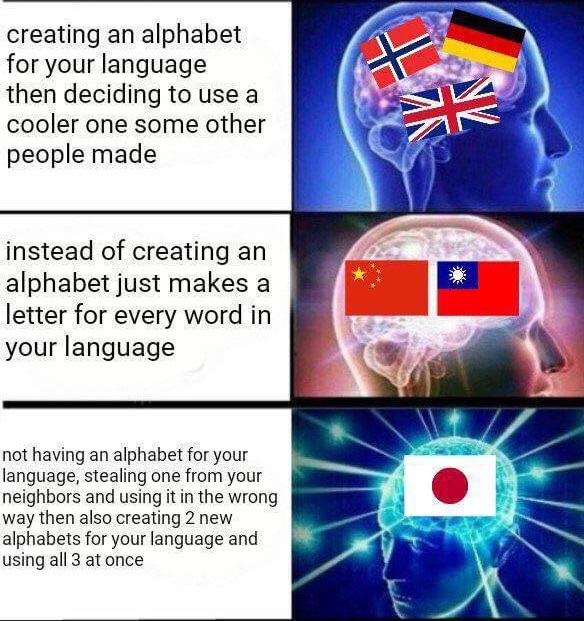こんにちは!With all the free time that became available after the semester ended, I am finally able turn my attention to a few things on the old bucket list, and one of them was becoming truly trilingual. Despite having some conversational-level background in Mandarin and the chance to improve upon that and the fact that doing a Latin language like French or German would be much easier, I decided to try my hand at Japanese because I wanted to try something completely new while seeing how far I could go with learning a new language without a formal class or instructor. Of course, I also dragged my mom into this mess, and here we are.
Progress
Right now, we are approximately two weeks in and almost finished with mastering hiragana and katakana (two of the three scripts in Japanese). We intend to learn memorize relevant kanji (the third script) as we progess further into new vocabulary, and are learning grammar through sentence structures.
Resources Used
- Genki I (textbook + workbook)
- Duolingo (mainly just for memorization and script practice)
- The Yoshida Institute learning site (primarily for correct writing stroke order, and later for memorizing kanji)
- Japanese with Hanako Youtube channel (follows the Genki book)
Please feel free to suggest additional good resources if you know any. I also have ‘Japanese for Dummies’, ‘Minna No Nihongo’, and ‘Japanese for Busy People’, but for now those will just be references while we work on the Genki book and master the basics.
Fun Facts Learned
A little over 1500 years ago, Japanese did not have a written script. Instead, the Japanese stole adopted Chinese characters, designated them with Japanese pronounciations (there are two pronounciations for those characters-on yomi, which is derived from the original Chinese pronounciations, and kun yomi, which is the Japanese pronounciation) and went about their day. In fact, this is exactly what kanji is. Later on, two separate Japanese scripts (hiragana and katakana) were invented based on Chinese characters, and now all three scripts are used simultaneously in Japanese. Hiragana is primarily used for Japanese words and for writing down the phonetic pronounciation of kanji, while katakana is mainly used for foreign words, such as loan words and foreign names.
An example in kanji, to illustrate:
学生 (student)
Pronounciation in Mandarin: xue sheng
Pronounciation in Japanese: がくせい (gakusei) ?
Ultimately, the goal is to be proficient enough in Japanese to be able to take the JLPT N5 exam, and maybe move up from there if time allows. Wish us luck!
-Shwe Myat

